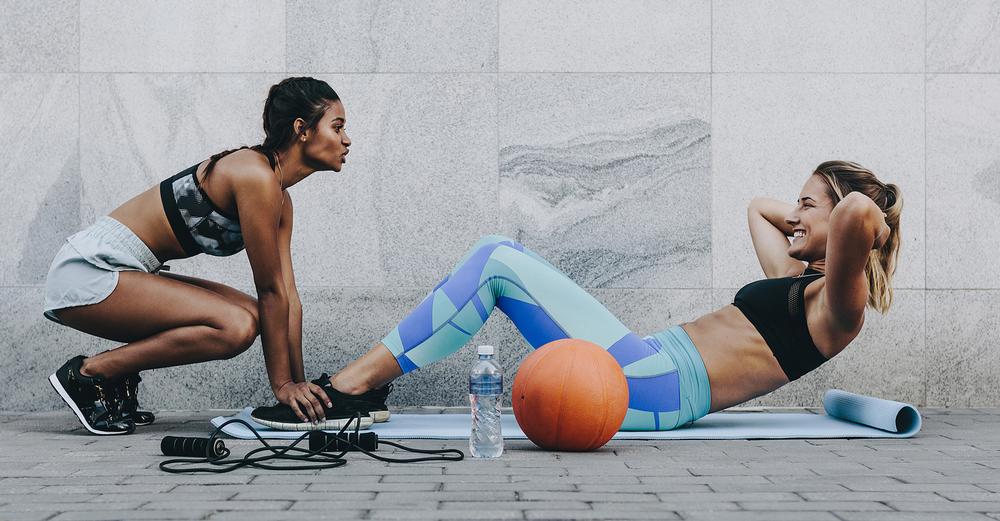A destructive storm descended on the US fitness industry in March 2020, spawned by the COVID-19 virus. Within a month, 90 per cent of fitness facilities were closed in 46 States.
By 1 June – earlier in some parts of the US – operators were entering or preparing for phase one reopenings and after experiencing a period of hibernation, clubs and studios were emerging from their COVID-19 slumbers.
This reemergence is cause for celebration, but also trepidation. Operators are scrambling to identify the best practices for reopening, to meet reopening guidelines set out by their respective States and to reduce the anxieties and concerns of consumers.
This dawning of a new era reminds us of a speech Abraham Lincoln gave the US Congress in 1862 when the nation faced what many saw as an insurmountable challenge: “The dogmas of the quiet past are inadequate for the stormy present. The occasion is piled high with difficulty and we must rise to the occasion. As our case is new, we must think and act anew.”
This era, framed by COVID-19, is truly a new era – one piled high with challenges and one that requires new thinking, new planning, and new acting.
Three dimensional thinking
The challenge of reopening exists in three dimensions, but we’ve seen the industry – in most cases – brainstorming solutions in two dimensions. Yes, reopening requires adherence to government guidelines – the first dimension. Secondly it requires new thinking that addresses members’ anxieties around returning – the second dimension. What we believed was missing is the vital third dimension – understanding what the members really feel.
We were keen to establish the deal breakers they needed to see being addressed before they would return to the gym and to find out which of their past behaviours and experiences would subconsciously influence their decision to return.
In mid-May ClubIntel launched a study of 2,000 US health and fitness facility members in 20 major cities across all seven US census regions to identify pre-pandemic behaviours and then look at the impact of COVID-19 during and after the closures. The study, called What members say matters – what members say is needed if health and fitness facilities want them back, was sponsored by Life Fitness and Les Mills.
Our first goal was to explore members’ likelihood of returning to their facility, selecting another facility, or not returning and pursuing another path. Secondly, we wanted to see if previous behaviors and experiences, or current sentiments would be predictors of their returning or not returning.
Ultimately, we felt this member-driven insight would assist operators make more educated and informed decisions regarding their reopening strategy. We believe ‘The secret of changes is to focus all your energy, not on fighting the old, but on building the new,’ Socrates.
The way forward
Lao Tzu, the father of Taoism, said “New beginnings are disguised as painful endings.” As fitness operators emerge from closure it represents for many a painful ending and a new beginning.
While we can speculate on what’s needed if we are to arise from this painful experience and prevail, nothing can guide us better than the voices of members – absent them and any decision you make will be akin to applying a two-dimensional solution to a three-dimensional problem.
• To download a copy of the report, go to HCMmag.com/ClubIntell
Short stories from the data
The research brought forward a wealth of data and insights that operators can utilise to frame their reopening strategy. Here are some of the key findings:


























































